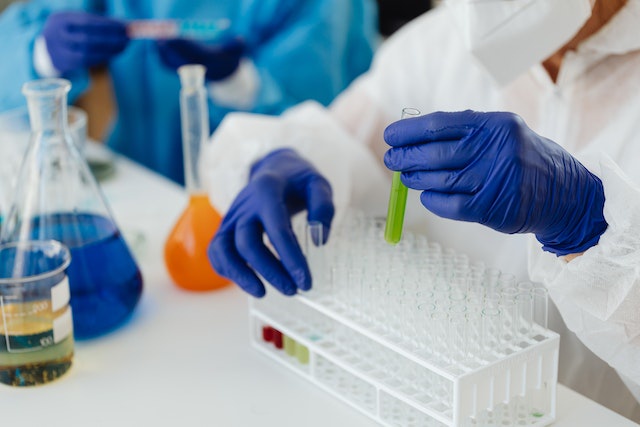Injection molding stands as a highly versatile manufacturing process utilized across diverse industries to create a broad array of products. Within this realm, plastic injection molding and medical injection molding emerge as two prevalent variations. While they share certain similarities, their applications vary significantly due to distinct requirements. This article aims to explore the dissimilarities and applications of plastic injection molding and medical injection molding.
What is Plastic Injection Molding?
Plastic Injection Molding is a widely used manufacturing method for producing plastic parts and components. It involves injecting molten plastic material into a custom-made mold under high pressure. Once the plastic cools and solidifies within the mold, the product is ejected, ready for use. Plastic injection molding is favored for its cost-effectiveness, ability to produce complex shapes, and high production volumes.
Applications of Plastic Injection Molding
Plastic injection molding finds its application in numerous industries, including:
Automotive: Production of interior and exterior components, such as dashboards, bumpers, and door panels.
Consumer Goods: Manufacturing of everyday items like bottles, containers, toys, and electronic housings.
Packaging: Creating various packaging materials like caps, closures, and containers.
Electronics: Production of casings, connectors, and other electronic components.
Appliances: Manufacturing parts for household appliances like washing machine drums and refrigerator interiors.
What is Medical Injection Molding?
Medical Injection Molding Companies represent a specialized version of injection molding designed explicitly for the medical industry. This process adheres to rigorous regulations and quality standards, guaranteeing the production of safe, reliable, and biocompatible medical devices and components. Compared to regular plastic injection molding, medical injection molding requires a higher level of precision, control, and cleanliness.
Applications of Medical Injection Molding
Medical injection molding is extensively used in the production of a wide array of medical devices and components, including:
Medical Instruments: Manufacturing of surgical instruments, syringes, and diagnostic equipment.
Implants: Production of various implants, such as joint replacements, screws, and plates.
Drug Delivery Devices: Creating inhalers, insulin pens, and other drug delivery systems.
Laboratory Equipment: Manufacturing components for laboratory analysis and testing.
Single-Use Devices: Production of disposable items like catheters and wound dressings.
Understanding the Differences
The main differences between plastic injection molding and medical injection molding lie in their:
1. Stringent Regulations
Medical injection molding is subject to a more rigorous regulatory environment. Manufacturers must adhere to strict guidelines and certifications, such as ISO 13485, to ensure the safety and efficacy of medical devices.
2. Material Selection
In medical injection molding, only biocompatible and sterilizable materials are used. These materials are specifically tested and approved for medical applications, ensuring they won't cause adverse reactions in the human body.
3. Cleanroom Manufacturing
Medical injection molding often takes place in controlled cleanroom environments to prevent contamination and maintain the integrity of the products.
4. Precision and Tolerance
Medical devices often require higher precision and tighter tolerances to function effectively and ensure patient safety.
5. Design Considerations
Design for manufacturability is critical in medical injection molding to optimize the production process and achieve consistent, high-quality results.
Conclusion
In conclusion, plastic injection molding and medical injection molding are two distinct variations of the same manufacturing process, each serving specific industries with unique requirements. Plastic injection molding caters to a wide range of industries, producing everyday items and components, while medical injection molding focuses on producing safe, reliable, and biocompatible medical devices and components. Understanding these differences is crucial for businesses seeking manufacturing solutions in either domain, ensuring the production of high-quality products that meet industry standards and regulations.


No comments yet